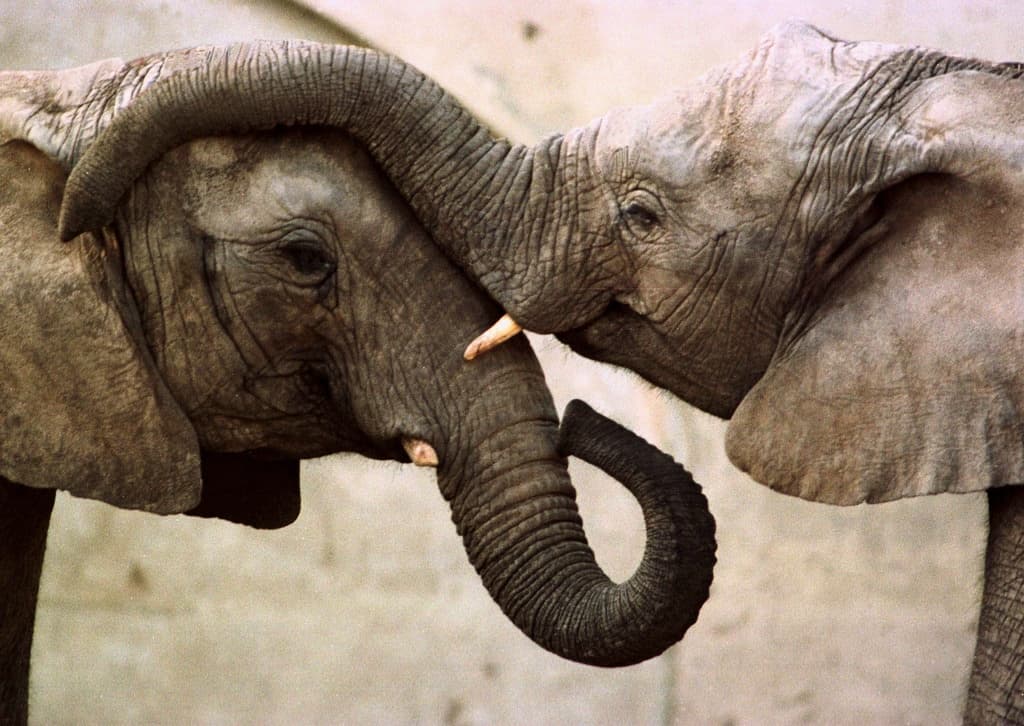Elephants appear to be able to call each other by unique sounds, research reveals.
"They address each other with something that resembles names", writes researcher Mickey Pardo on X.
This is not about the classic trumpeting, but rather a kind of low-intensity mumbling that elephants use to communicate within the group.
With the help of AI, researchers have analysed this mumbling and identified certain sounds that appear to be the names of individual elephants.
Similar to human conversation
When researchers played the sounds to the elephants, they reacted affirmatively to their name. If the sound was directed at another elephant, they didn't care as much.
They have the ability to individually call specific members of their family with a unique call, says Mickey Pardo, acoustic biologist at American Cornell, and one of the researchers behind the study, to The New York Times.
Some other animals – such as dolphins and parrots – can get a specific individual's attention by mimicking their call, but elephants and humans stand out by giving sounds meaning without it being an imitation. The phenomenon – which language researchers call arbitrary – is a key to human language, as it allows us to communicate about things that don't make a sound.
Provides insights
Probably, during evolution, elephants developed a need to associate an individual with an abstract sound, just like humans, researchers believe.
"It's one of the exciting things about this study, it gives us some insights into what may have driven the development of these abilities", says Professor George Wittemyer at Colorado State University and one of the study's authors, in a press release.
Researchers followed elephants in Kenya for 14 months in vehicles and recorded sounds from 101 elephants. It was most common for elephants to call by name when they needed to make contact with someone at a slightly longer distance, or when adults spoke to calves. Researchers don't know if elephants also give names to places, food, or water.
The study has been published in Nature Ecology & Evolution.





